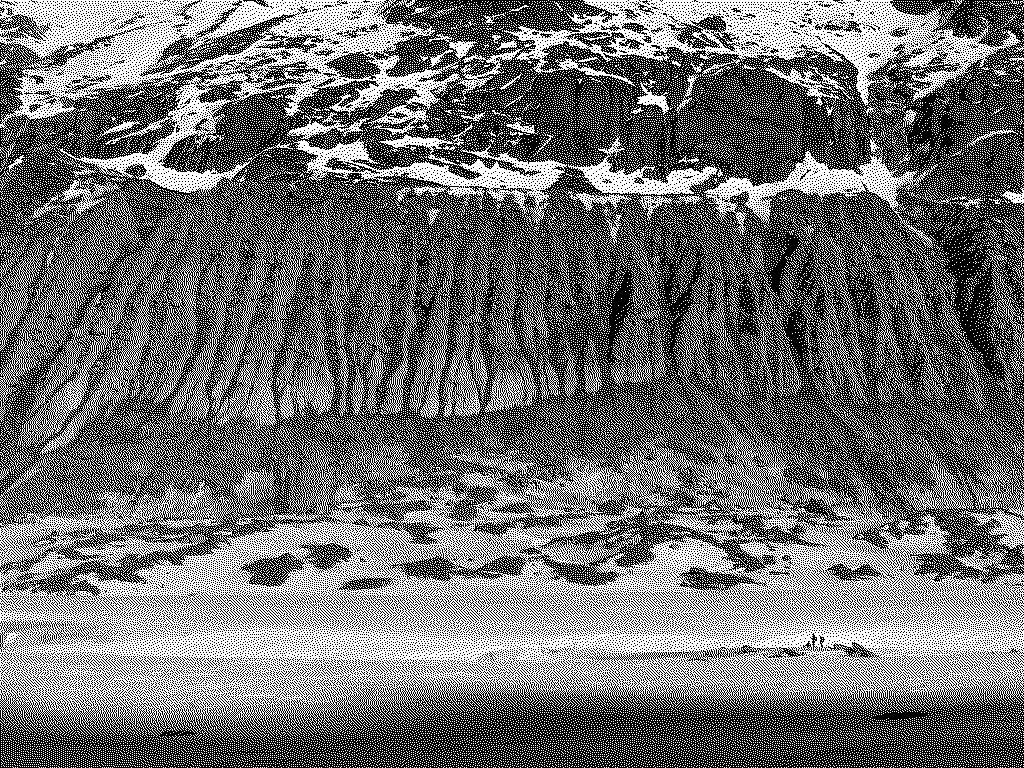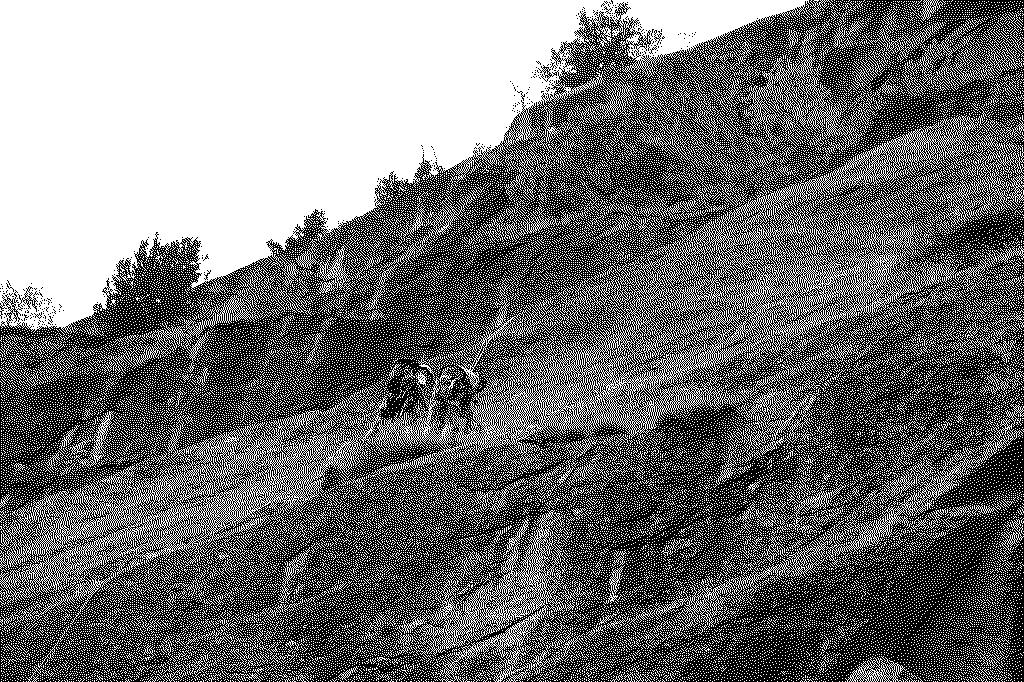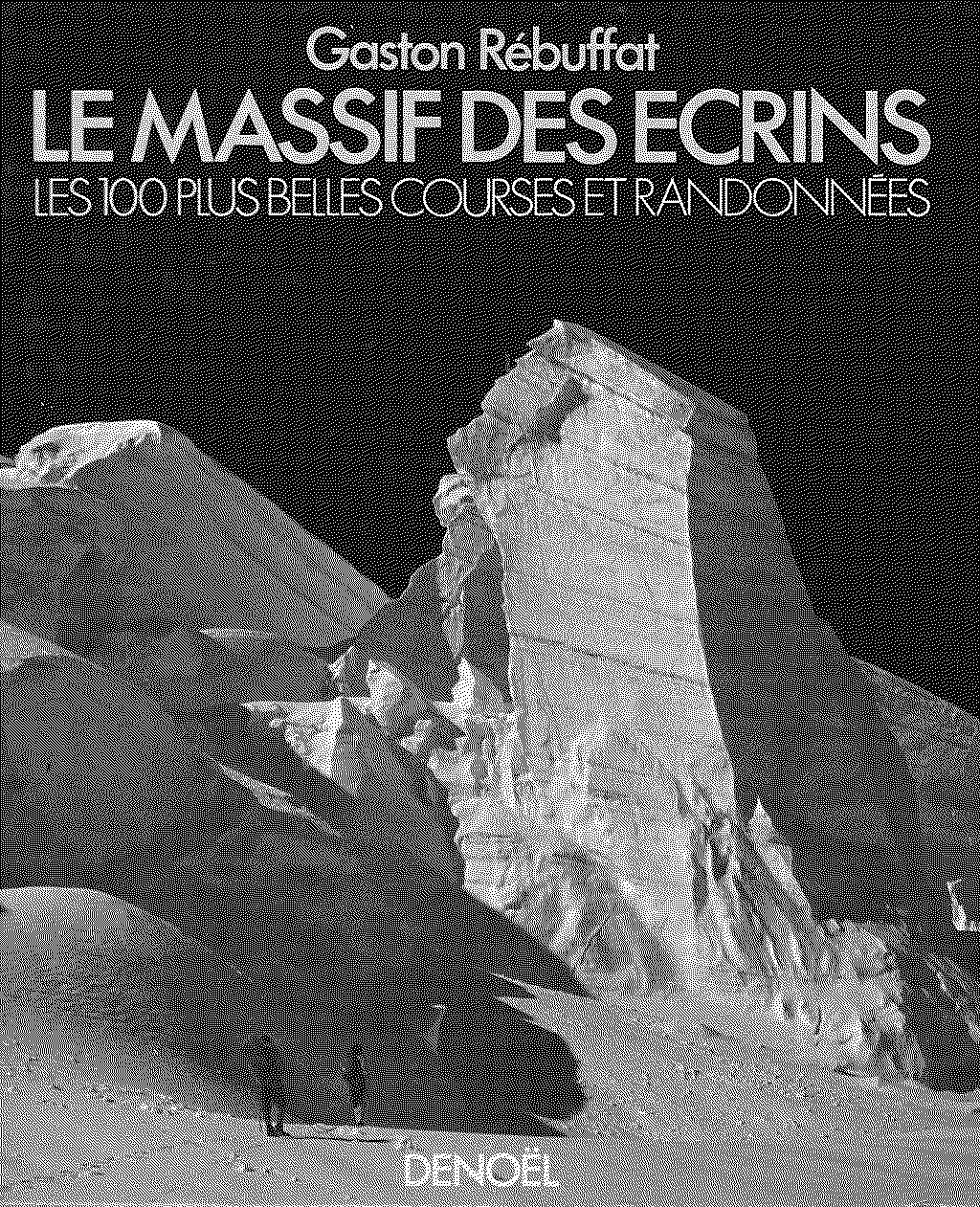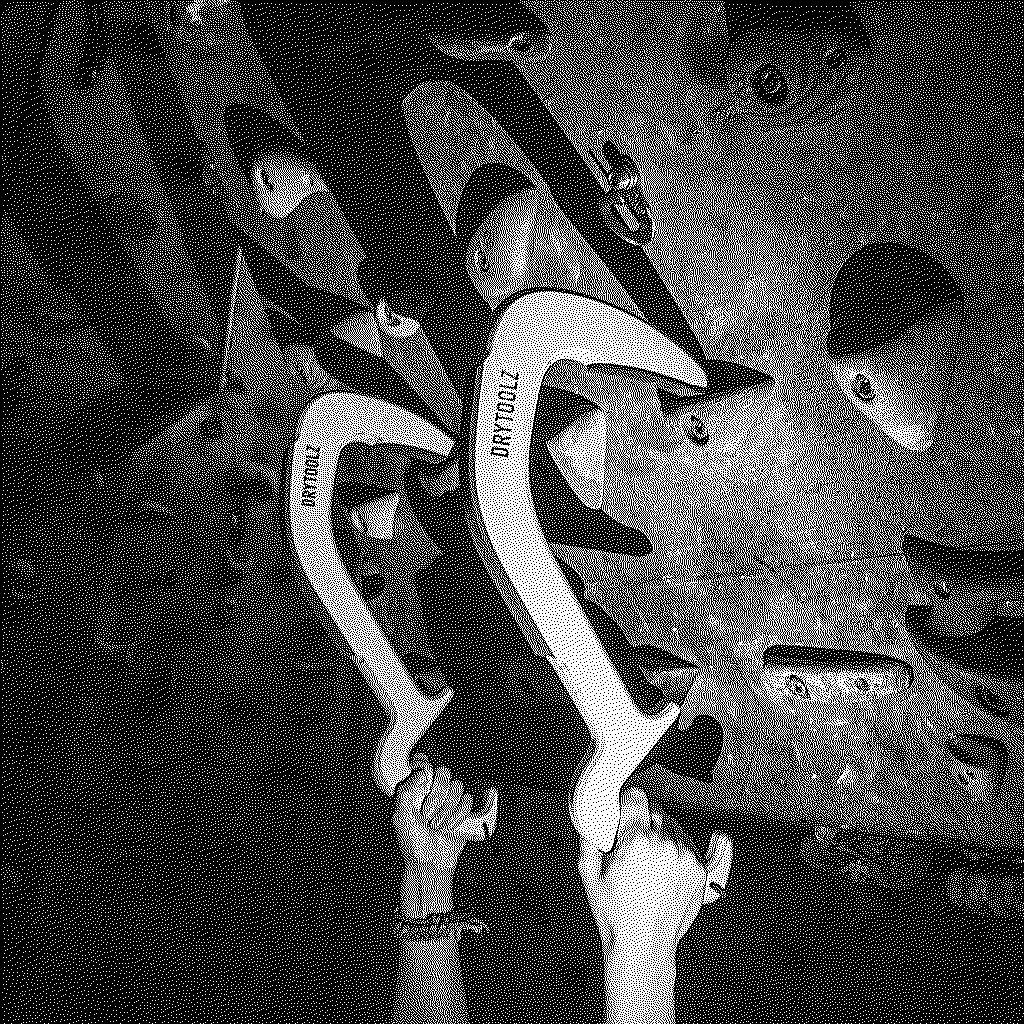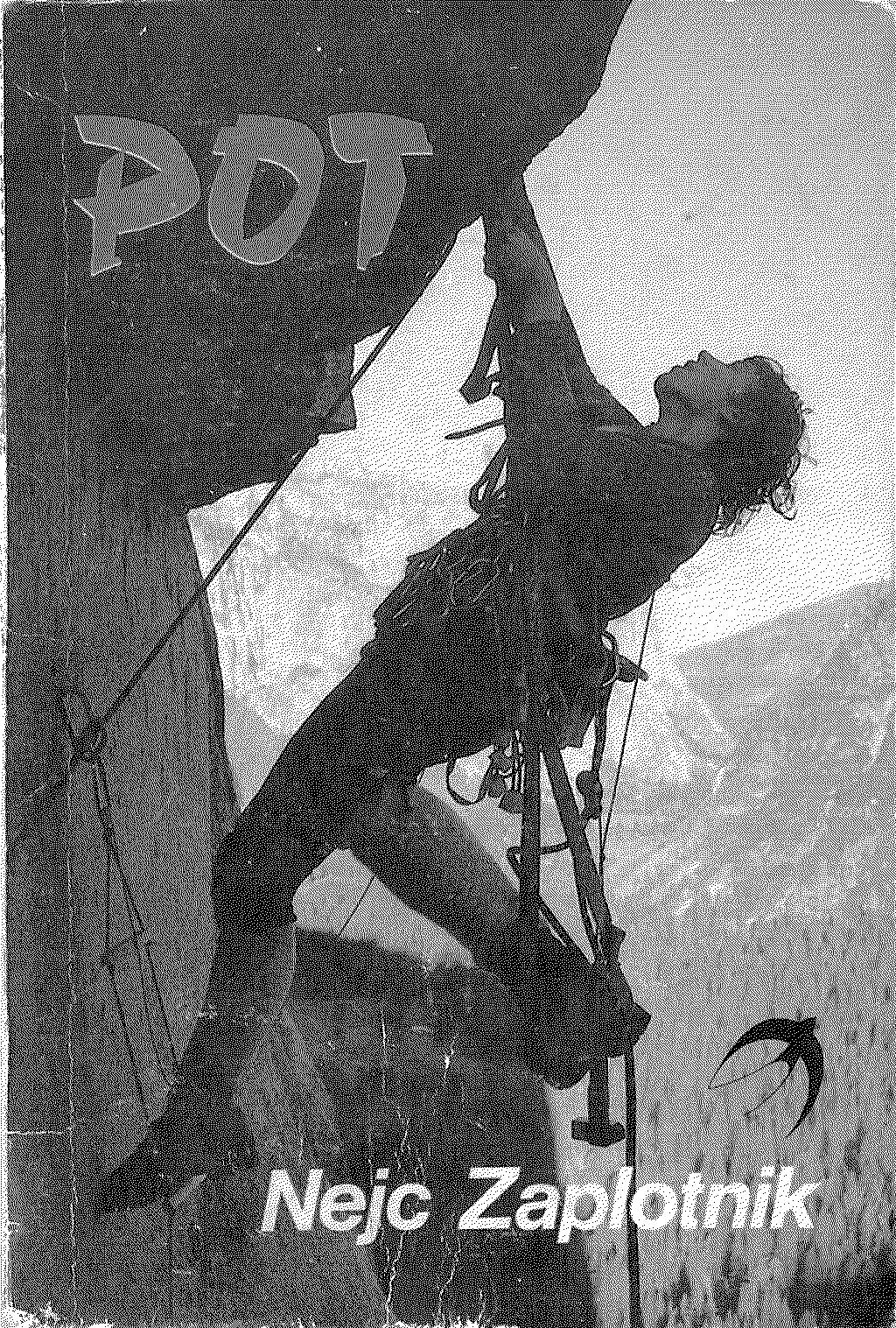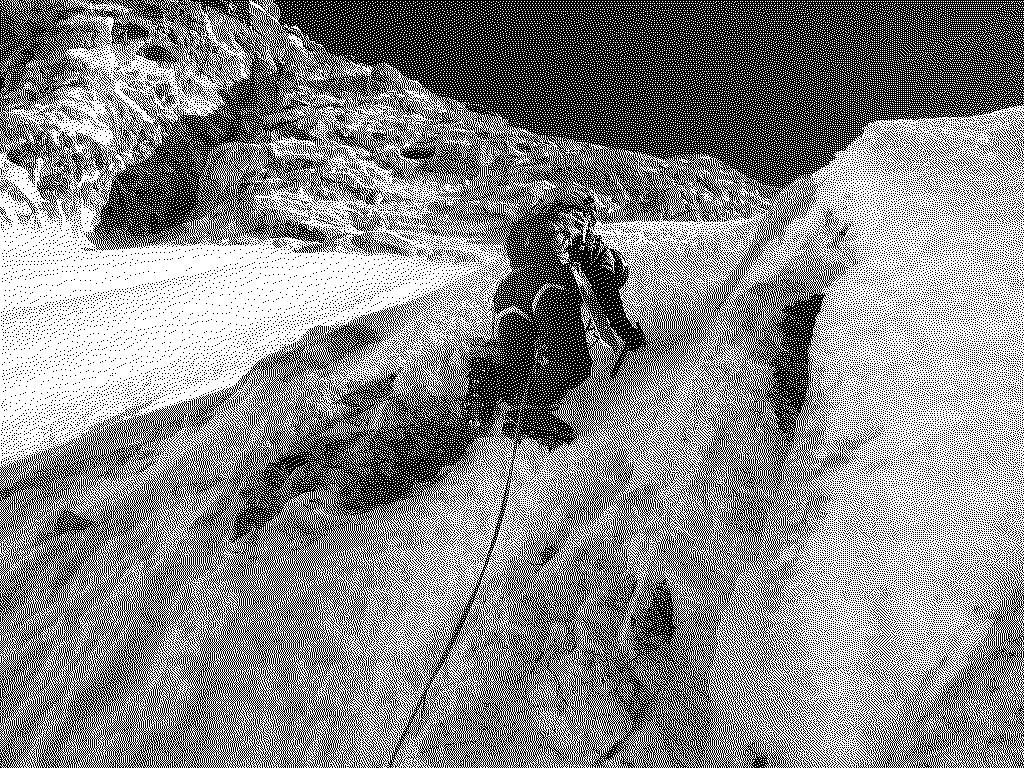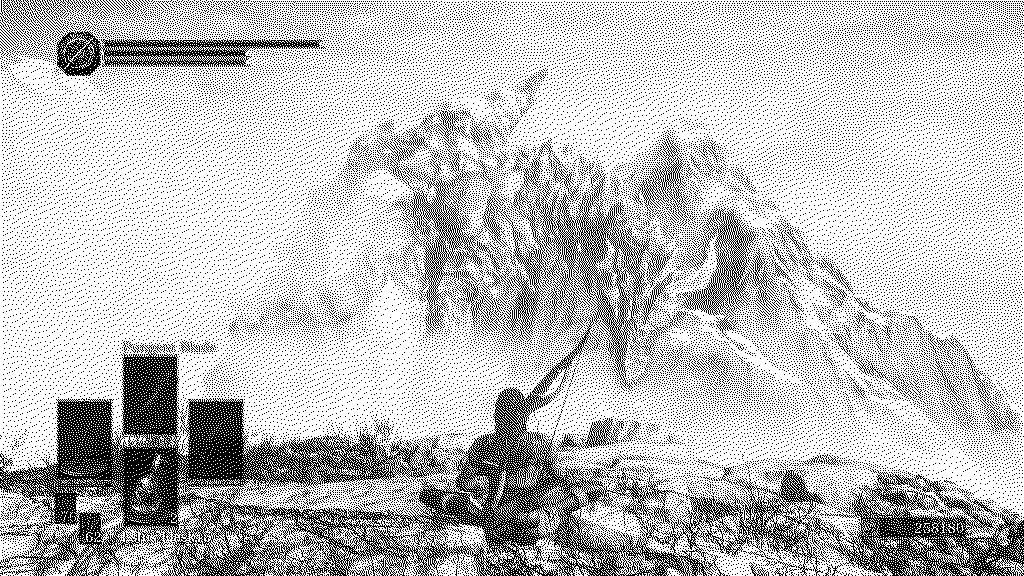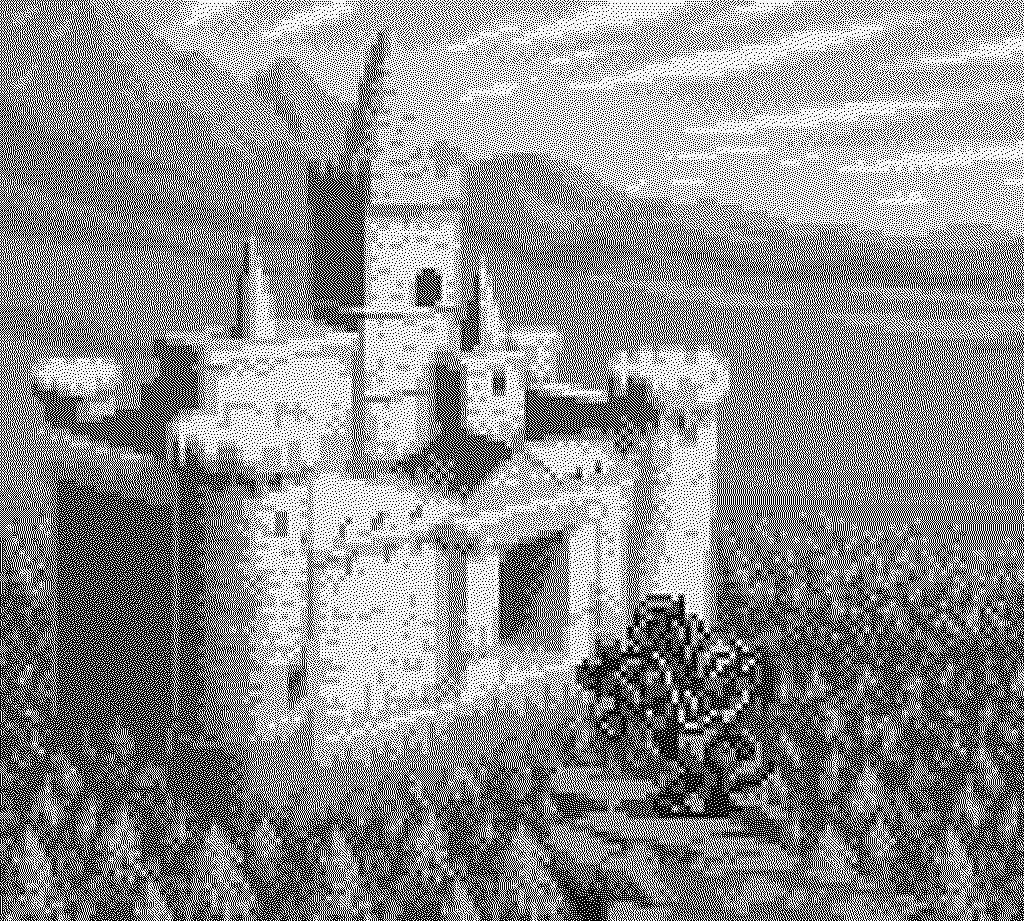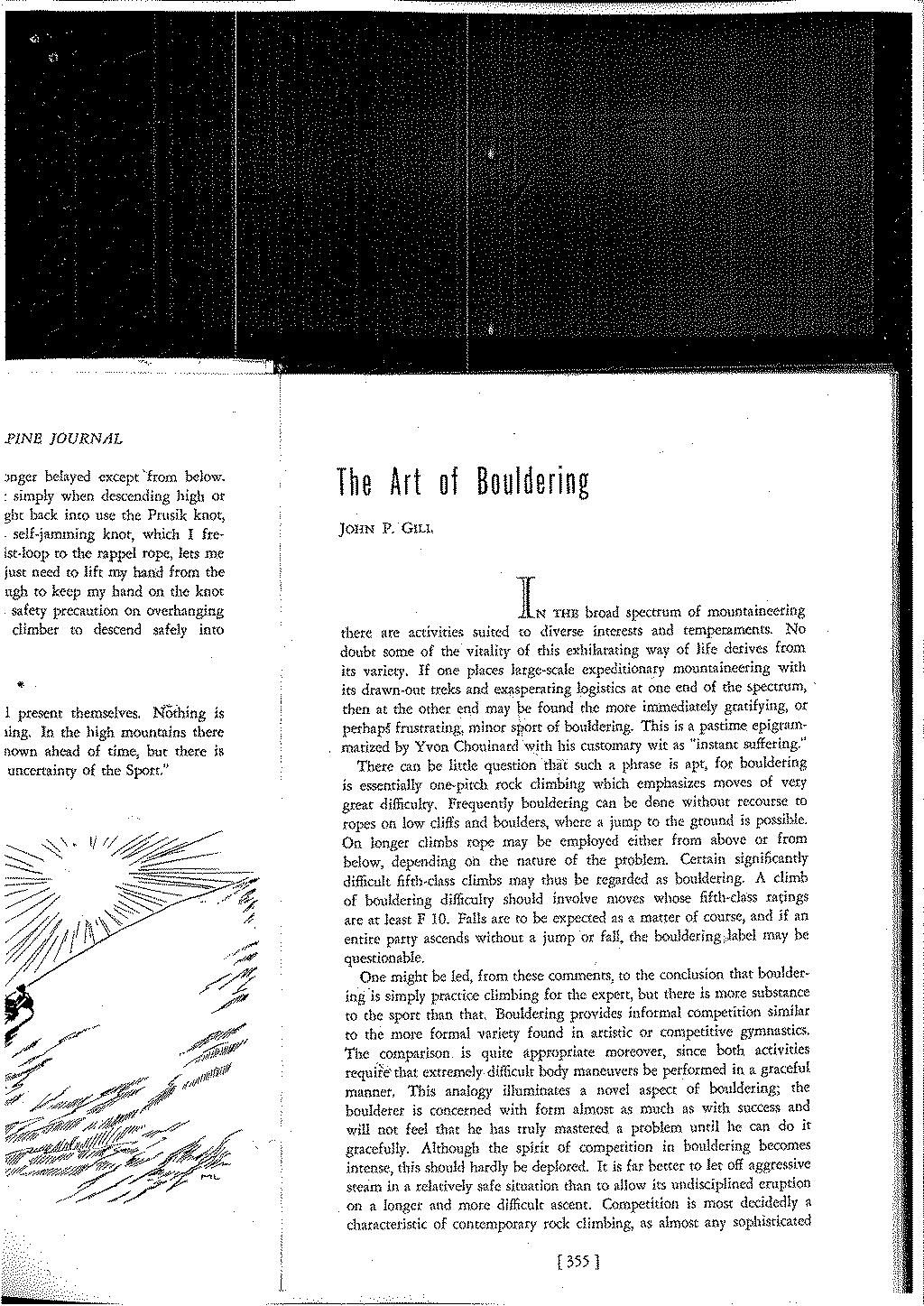
Publié en 1969, The Art of Bouldering de John P. Gill apparaît aujourd’hui comme un texte pivot dans l’histoire des pratiques verticales, non tant par son ambition théorique déclarée que par les déplacements silencieux qu’il amorce dans la manière de penser et d’habiter le geste. Loin des narrations épiques ou des grandes lignes alpines, Gill s’intéresse à un fragment du rocher, à quelques mètres de hauteur, à des séquences de mouvement resserrées, intensifiées, détachées du sommet comme finalité. Ce choix n’est pas anodin : il marque l’émergence d’un nouveau régime de perception où le corps devient un terrain d’exploration, et le rocher, une surface d’invention.
Dans un contexte nord-américain encore largement structuré par la culture de l’ascension, de la verticalité conquise, et de la grandeur du paysage - du Yosemite à la High Sierra, Gill fait un pas de côté. Il choisit, délibérément, un terrain marginal. Là où l’imaginaire héroïque s’organise autour des grandes faces, des big walls, des bivouacs suspendus, il s’attarde sur un bloc isolé de quatre ou cinq mètres. Une excroissance banale du sol devient, sous son regard, le support d’une expérience à la fois physique, mentale et presque philosophique.
Ce n’est donc pas seulement un déplacement de la pratique, mais un geste fondateur, un positionnement critique. En misant sur le bloc comme espace central d’expérimentation, Gill ne cherche pas à compléter l’alpinisme. Il le décentre. Il affirme que l’essence du mouvement, de la relation au rocher, peut être contenue dans un micro-territoire. Que la qualité de l’expérience importe plus que son amplitude.
C’est là, sans doute, que réside sa contribution la plus théorique : dans l’insistance sur une forme de réduction volontaire. Comme s’il fallait, pour toucher à quelque chose d’essentiel dans le geste, réduire l’échelle. Non pour simplifier, mais pour intensifier. Le bloc devient ainsi une scène minimale, mais chargée : lieu de concentration, de style, d’attention. Une forme de laboratoire du corps et de ses capacités.
Le "bouldering", bloc en français, devient alors le support d’un rapport singulier au mouvement et à l’espace - un rapport qui privilégie et impose la justesse du geste, la précision, le rythme, et une forme d’intensité sans finalité extérieure. En rupture avec les logiques de conquête, Gill propose une pratique du rocher qui s’apparente à une lecture ou une composition. Il ne s’agit plus de "vaincre" une ligne, mais de l’interpréter - comme une partition, un texte à lire avec son corps.
On peut lire ce texte comme une contribution précoce à une écologie des gestes : il insiste sur l’économie de l’effort, la retenue, la coordination plutôt que la performance brute. Il pose les bases d’une culture gestuelle qui valorise l’expérience incarnée, l’ancrage local, la qualité de la présence. Autant de dimensions que l’on retrouve aujourd’hui dans des pratiques sportives ou artistiques qui font du corps un capteur, qui s'empreignent du réel.
Le texte de Gill témoigne enfin d’une attention particulière à l’expression du mouvement, qui résonne fortement avec les formes d'expressions contemporaines, médiatisées ou non : grimpe filmée, gestes partagés en ligne, signature stylistique. Le bloc devient une scène réduite mais intensément signifiante, où se jouent des formes de présence, d’ajustement, de jeu. Dans un monde saturé de signaux, Gill redonne sa valeur à l’intuition corporelle, au geste juste, à l’invention discrète. Il esquisse, sans jamais l’ériger en manifeste, une redéfinition du sport comme art de l’interprétation, de l’ajustement, du détail.
Et c’est peut-être dans ce choix d’un terrain mineur - mais pleinement assumé - que réside la force de son geste : affirmer que l’essentiel du rapport au rocher ne tient pas à la hauteur, mais à la qualité de l'attention, au détail, à la présence.
IN THE broad spectrum of mountaineering there are activities suited to diverse interests and temperaments. No doubt some of the vitality of this exhilarating way of life derives from its variety. If one places large-scale expeditionary mountaineering with its drawn-out treks and exasperating logistics at one end of the spectrum, then at the other end may be found the more immediately gratifying, or perhaps frustrating, minor sport of bouldering. This is a pastime epigrammatized by Yvon Chouinard with his customary wit as "instant suffering.”
There can be little question that such a phrase is apt, for bouldering is essentially one-pitch rock climbing which emphasizes moves of very great difficulty. Frequently bouldering can be done without recourse to ropes on low cliffs and boulders, where a jump to the ground is possible. On longer climbs rope may be employed either from above or from below, depending on the nature of the problem. Certain significantly difficult fifth-class climbs may thus be regarded as bouldering. A climb of bouldering difficulty should involve moves whose fifth-class ratings are at least F 10. Falls are to be expected as a matter of course, and if an entire party ascends without a jump or fall, the bouldering label may be questionable.
One might be led, from these comments, to the conclusion that bouldering is simply practice climbing for the expert, but there is more substance to the sport than that. Bouldering provides informal competition similar to the more formal variety found in artistic or competitive gymnastics. The comparison is quite appropriate moreover, since both activities require that extremely difficult body maneuvers be performed in a graceful manner. This analogy illuminates a novel aspect of bouldering; the boulderer is concerned with form almost as much as with success and will not feel that he has truly mastered a problem until he can do it gracefully. Although the spirit of competition in bouldering becomes intense, this should hardly be deplored. It is far better to let off aggressive steam in a relatively safe situation than to allow its undisciplined eruption on a longer and more difficult ascent. Competition is most decidedly a characteristic of contemporary rock climbing, as almost any sophisticated observer will admit. In bouldering, however, sportsman-like competition plays a valid and appropriate role, especially in forcing the participant to overcome psychological blocks hindering the advancement of his technique.
Special strengths and techniques are cultivated to aid the gymnast in mastering difficult moves or sequences. The boulderer, too, can perform special exercises that will enable him to solve certain classes of climbing problems. Basic upper-torso exercises include the front lever, the one-arm chin, the slow muscle-up and the one-arm mantle-press. Some desirable additional exercises are the cross-mount on the still rings and the one-arm front lever. The weakest physical links between the climber and the rock, the fingers, must be strengthened as much as possible with perhaps greater emphasis on pure strength and power than on endurance. The dedicated boulderer will cultivate squeeze-grip chins on beams of varying widths, one-arm finger-tip chins on door sills and one-arm, one-finger chins on a bar.
The ability to perform all these exercises is not absolutely essential to bouldering. However, the display of these skills often adds a certain polish or finesse to one’s climbing and most really excruciating boulder problems generally demand certain special strengths of this nature. Strong legs and toes are necessary for balance problems, but these are not rare in rock climbers.
A word of caution might be injected concerning muscle bulk and muscle quality. A compromise must be reached between strength and bulk, for a preponderance of the latter will rarely be of service to a rock climber. A high strength-to-weight ratio is eminently desirable and the exercises mentioned will help cultivate this quality, whereas unintelligently planned weight training may actually be harmful.
Although these strengths are necessary for high-standard bouldering, they are not themselves sufficient to assure success. Bouldering calls for the ultimate refinement of fifth-class techniques, but it differs from classical rock climbing not only in the essential strengths but also in the special techniques as well. The lunge, considered by many traditional mountaineers to be an execrable mutation of good technique, may be safely employed by the boulderer. Since bouldering holds are rarely jughandles, the need for a really powerful grip is apparent. Similar to the lunge but far more graceful and controlled is a movement best described as a "dynamic layback.” The name describes the movement: a swinging layback characterized by the ability to return to the start at a speed somewhat less than that of a free fall. This is different from a poorly disciplined lunge, which has no such redeeming quality. A properly executed dynamic layback places the climber’s hand on a hold at the high deadpoint of the swing. Again, as with the lunge, great finger strength is required to take advantage of the height gained by the swing. Because of the control exerted during the move, many more problems may be successfully solved than are possible with a simple jump or lunge. Obviously the more leverage a climber can exert with the muscles of his upper torso, the more control he can exhibit during the swing. The exercises previously described will help in this respect.
Although distinctions between classical rock climbing and bouldering are relatively minor and because of the obvious existence of real competition in bouldering, one raises a question: is a classification system possible? The answer is probably yes. One such system is as follows: B-l which compares to F 10 difficulty, B-2 which is of greater difficulty than F 10, and B-3 which is of maximum difficulty. A B-3 route should be one that is very rarely repeated, although frequently tried without success. Its difficulty must be sustained. A single move, no matter how impressive, should not constitute the entire problem. Another far more objective system utilizes the elimination concept. Obviously a number of expert boulderers must have worked on the problem which is to be classified. E-l indicates a climb so difficult that it has been done by only one individual, E-2 by two, etc. Perhaps this system could be discarded after E-10. Reach and body compactness would make the B-system absurd for occasional problems and climbers of different strengths would dispute the grading. The E-system would not be burdened by squabbles since it emphasizes the accomplishments of certain climbers and not the inherent difficulties of the rock.
Most of the popular rock-climbing areas in the United States have nearby bouldering gardens, and in some instances the two activities merge into interesting and strenuous divertissements either in the form of short leads or top-rope problems. In addition there are many pleasant isolated gardens in the Midwest or South that have seen only occasional bouldering forays. All too often the casual climbing visitor will apply classical rock-climbing attitudes toward difficulty. He attempts only those extreme problems which require traditional technique and a relatively slight expenditure of time. While such a disposition may be perfectly reasonable in the mountains or on big walls where additional objective dangers exist, in a bouldering garden a more athletic attitude can be safely adopted and should be. Climbing on low rock becomes far more meaningful when bouldering standards are applied. In this way, otherwise obscure practice areas become important to the sport.
